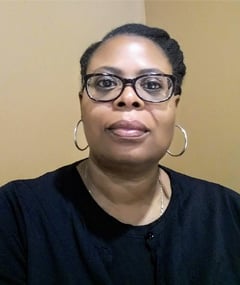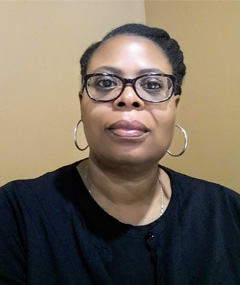As a lifelong journal writer with stacks of journals to prove it my favorite technique to use in my practice is free writing. I love this approach to journaling because it’s unrestrictive. I’m able to follow my thoughts wherever they lead me and to go as deep as I desire on the blank page. I’ve also explored other techniques that are as equally as powerful and have helped to enrich my writing.
In a previous blog post, I wrote about four techniques to deepen your journal practice. I'd like to share six additional ones to add to your journaling toolbox.
Unsent Letter
Oftentimes we may keep things bottled up inside for a variety of reasons such as fear, not wanting to hurt someone, or not knowing exactly how to say what we need to say. The unsent letter is a great way to release your unexpressed thoughts, let go of unresolved feelings, and find solutions to an ongoing issue. It's also a healthy way to release any toxic thoughts or feelings.
How to Use: Write an open and honest letter to someone you currently have a relationship with or a person with whom your relationship has ended. Include everything that you need and want to say. Once you are finished don't give the letter to the person, instead read it to yourself, rip it up, and throw it away.
Character Sketch
Character sketches are written descriptions about another person or an aspect of yourself. It’s a great technique for exploring who you are, or when you are experiencing conflict between yourself and someone else. A character sketch can help you see yourself or someone else from a different perspective.
How to Use: When writing a character sketch involving a conflict it's helpful to focus on one particular encounter or story making sure to only include relevant details. If you are writing a character sketch about yourself, write not only from your perspective but from the perspective of another person who knows you.
Captured Moment
The captured moment technique requires you to focus on a particular experience in your life using descriptive words to capture that moment.
How to Use: This technique is written in a story format and incorporates the five senses to help you be as expressive as possible. Some ideas for using the captured moment technique: the first day at a new job, a day spent hiking, a moment when you received good news, surprising news, or bad news.
Personal Values
Our personal values are the things that matter most to us. They help shape our identities and inform the decisions we make in life. Values also help us to live life authentically and with integrity.
How to Use: Here is a list of values. Choose six values that resonate most with you. The values you select don't have to be ones you practice now, but perhaps you aspire to live out in the future. After you've made your selections, spend some time reflecting on your choices. One way to remain mindful of your values is to journal about them on a monthly or quarterly basis and assess how well you are living them out.
Lists
This technique helps you to focus on one specific topic. Lists can help you know yourself better, gather information quickly, identify problems or recurring patterns in your life, gain clarity about your thoughts and feelings and go beyond the surface level of a problem. They are often written quickly and can be kept as an ongoing log or used as journal prompts.
How to Use: Decide on a topic you would like to create a list for and the number of items you want the list to be comprised of. You can either number your journal page in advance or as you are writing. Some ideas for list-making include 10 Ways I’ve Changed Over the Past Year, 10 Ways I Can Save Money, 50 Things I Like About Myself,10 Ideas for My Business, or 100 Favorite Quotes.
Stepping Stones
This technique can help you discover more about yourself and the decisions you've made by connecting the significant events in your life.
How to Use: To use this technique begin with the sentence I was born to create your first stone. After completing this sentence identify other significant periods in your life to create 8- 10 stones. Use short sentences to describe the events. Here is an example of Stepping Stones courtesy of author Kate Thompson.
- I was born.
- I went to school.
- Granddad died.
- I went to college.
- I got my first job.
- I got married.
- I had my son.
- I got divorced.
 Author bio: Tara C Pray is the creator of The Journal Well Project, a site dedicated to the practice of journal writing and the monthly Journal Zine for those who love to journal.
Author bio: Tara C Pray is the creator of The Journal Well Project, a site dedicated to the practice of journal writing and the monthly Journal Zine for those who love to journal.



Leave Comment